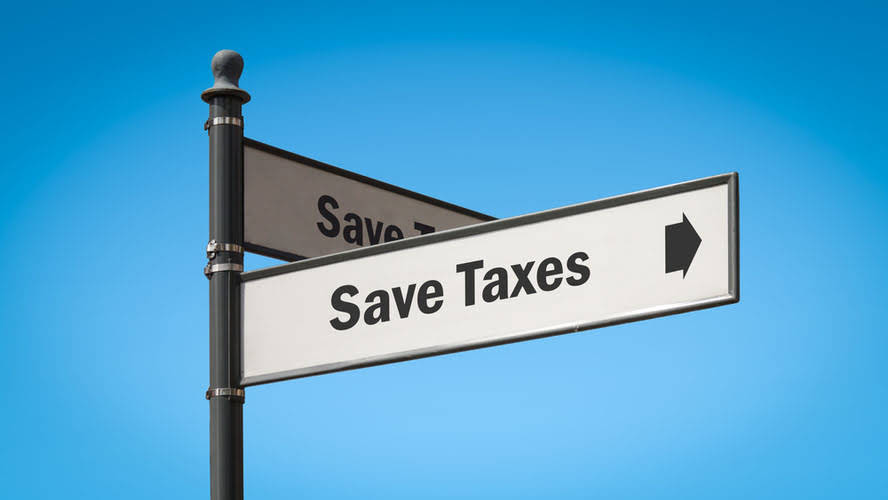
NAV per share involves taking the fund’s assets, subtracting the fund’s liabilities and dividing by the number of fund shares outstanding. This value determines the fund’s bid price, or the price used to purchase fund shares, and the redemption price, the selling price of the fund’s shares back to the fund. Stock per unit cost of production formula market websites and financial news websites can help you to track these numbers over time. This is the total cost of all the materials, components, packaging, labor, and overheads needed to make one unit of your product. The first step in calculating your unit cost is to add up all of these individual costs.
Compare items with different units – bulk vs. a bottle of peanuts
- Your Cost Price for each product you make is essential to know as it is a vital part of your pricing strategy.
- The $4.23 price per fund share will determine the next trading day’s bid and redemption prices.
- If you’re running a small manufacturing business, it’s important to understand how much it costs you to produce each individual product – otherwise known as your unit cost.
- The fund’s NAV equals its $100 million in assets, subtracted by $45 million in liabilities, or $55 million.
- For example, peanut snacks can come in a 16 oz package for $2.44, while bulk peanuts might be listed as $2.99/lb.
Thanks to our price per unit calculator, you know that the unit price for the smaller package is $1/kg, while for the larger package, it is $0.90/kg. Now, for the last step – you’ll want to add up each of your total material costs and you’ll have your Base Manufacturing Cost. This is otherwise known as a Bill of Materials (or BoM for short). For each material, you’ll need to know how many units your product uses and how much it costs per unit. For example, let’s say it cost you $100 to make 50 units of your product.

How do I calculate unit price for multi-item packages?
Moreover, this best constant of proportionality calculator allows you to determine the constant ratio defined for a single unit of something. 🔎 You can look at our weight converter and volume converter if you have doubts about the different units used for weight or volume. We read the label on the 2-L bottle and see the total cost is $1.79.
So, how do you figure out your total cost?
To calculate unit price of a product, we have to divide the total cost of the product by the quantity. If you’re running a small manufacturing business, it’s important to understand how much it costs you to produce each individual product – otherwise known as your unit cost. Knowing your product’s unit price will help you make smart decisions about pricing and how much profit you can expect to make on each item. A stock or share price represents a public company’s market valuation per share; each share represents a unit of company ownership. Stock prices can even be up even though the company as a whole’s valuation is down. Your cost per unit is ideally calculated from your complete purchase history of the material, rather than the latest cost.
To find the cost per class, we have to divide total amount paid by number of classes. In the example above, we know we need __ units of wood for the base, __ light bulbs, __ lamp shades etc. Now that you’ve worked hard to save on soft drinks, why not use our chilled drink calculator to learn how to chill your drinks to the perfect temperature.
When to use the price per unit calculator
The first step is to fill in how many units of each material you need to make your product. This should be measured in the same unit of measure that you make in. The best way to illustrate how to calculate your unit price is with an example. The reason is that both of them represent the comparison among quantities.
- “Unit rate” is a comparison of any two separate but related measurements when the second of these measurements is reduced to a value of one.
- The first step is to fill in how many units of each material you need to make your product.
- We shall go through some examples to help drive the concept home.
- This is the total cost of all the materials, components, packaging, labor, and overheads needed to make one unit of your product.
Comparing Unit Prices
- According to Investopedia, a mutual fund’s NAV is the market value of the fund.
- Instead of tracking the price of each individual security in the basket, you will track the overall price of those securities when combined.
- In the example above, we know we need __ units of wood for the base, __ light bulbs, __ lamp shades etc.
- Your cost per unit is ideally calculated from your complete purchase history of the material, rather than the latest cost.
- The unit price is the cost per quantity of item you’re receiving.
- This tool finds how much savings you get from buying a larger pack or a bulk quantity of packets.
- Stock market websites and financial news websites can help you to track these numbers over time.
To calculate the unit price, simply divide the cost of the product by the quantity you’re receiving or check the store’s shelf label. Then, compare the unit prices of 2 or more packages of the same product to see which is the better value. With the unit price calculator, you can compare items with different prices per pound, price per ounce, or any other weight or volume unit.

Exercises for Finding the Unit Price of a Product
- Use the best ratios and rates calculator to enter a couple of quantities and calculate their unit rate in a couple of seconds.
- To calculate the unit price, simply divide the cost of the product by the quantity you’re receiving or check the store’s shelf label.
- This is because your purchase costs may fluctuate during the year and you want to create a total cost that represents your average production.
- Stock prices are available for all publicly traded companies and published by major business news sources.



Leave a Reply